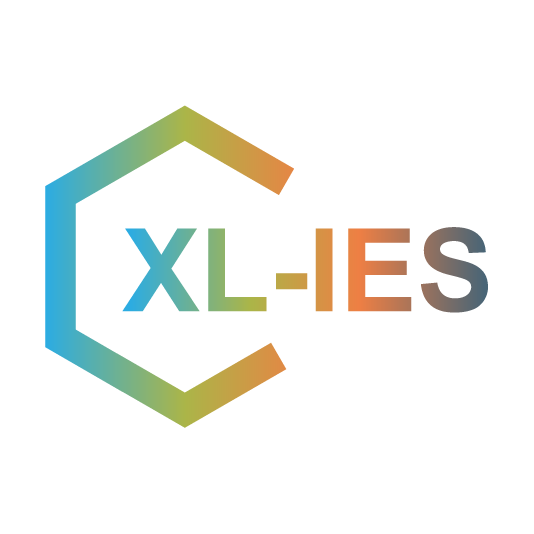
IES (Inclusive Education System): A system that provides a screening tool to identify students with challenges in schools and offers options for online therapy to support their needs.



XceptionalLEARNING enhances traditional therapy by combining cutting-edge technology with interactive tools, creating a seamless experience for therapists, seekers, parents, and caregivers alike. Through this hybrid model, integrating engaging digital activities and real-time progress tracking, our platform fosters meaningful collaboration between professionals and families. This hybrid approach supports early intervention and skill development, helping children build the foundation for independence, personal growth, and a fulfilling life. With XceptionalLEARNING, therapy becomes more than a session; it becomes a continuous journey of empowerment and achievement, enhancing interventions in the home environment.

We bridge the gap to connect providers, seekers, and trainees, offering access to specialized resources, tools, and assessments to support the development of children with special needs.

The Content Library offers AI-powered digital resources for therapists and seekers, fostering collaborative and personalized therapy while enhancing hybrid learning.

Effortlessly create personalized digital therapy materials in the Content Studio, tailored to meet individual therapy needs with engaging and custom resources.

Connects seekers and therapists, enabling effective support without the need for face-to-face interactions, ensuring therapy remains accessible from anywhere.

Enables real-time progress tracking with detailed session reports, allowing for monitoring of therapy outcomes and celebrating milestones along the way.

Empowers parents to actively participate in therapy by contributing to digital therapy materials and supporting effective home training, resulting in improved therapy outcomes.

Offers a simple, user-friendly video conferencing interface with clear audio and video, ensuring smooth and secure communication for every session.

Supports children with special needs by increasing intervention frequency, leading to faster improvement and better outcomes.

Our platform enables special schools to offer tailored support for students with special needs, enhancing accessibility and engagement in their learning journey.

Our platform empowers inclusive schools with personalized resources and tools, ensuring students with diverse learning needs receive tailored support for an engaging and accessible learning journey.

Families gain access to flexible therapy options that fit their schedules, helping them support their child’s development from home.

Clinics can streamline therapy sessions and manage client care with ease, ensuring better outcomes for every patient.

Our platform empowers hospitals to offer personalized therapy services, improving patient care and facilitating tailored treatment plans that enhance healing and recovery.

Our platform empowers faculty and trainee therapists with customized solutions for personalized care, while an admin login allows instant activity monitoring for efficient oversight and support.
We offer support to bridge the gap between therapists and seekers, facilitating effective therapy sessions that increase interventions and promote faster progress in development.

Improves speech, language, articulation, and vocabulary through targeted speech therapy

Boosts problem-solving, memory, and focus with engaging, structured activities.

Enhances fine and gross motor skills through interactive physical exercises.

Promotes empathy, emotional regulation, and confidence by encouraging social interactions.

Reinforces literacy, numeracy, and subject learning, aligned with school curriculam.

Helps children manage emotions and behavior, especially beneficial for ADHD.

Develops self-sufficiency by encouraging task completion and daily life skills.

Boosts planning, organization, time management, and decisionmaking

Promotes the use of digital tools to enhance learning and prepare students for a tech-driven world.
We are guided by seasoned professionals in the field of disabilities and therapy services who have dedicated their years of experience to research, advocacy and practises for individual with diverse needs.
Know MoreFor the benefit of Therapy Seekers, Providers and Trainees, our backbone is provided by the Institutions, which provide expert service and training to our beneficiaries from their vast resources.
Know More